So, you’re writing a new story. Maybe you’re only as far along as wanting to write a story.
If you’re into plotting and find joy in story structure, but you struggle with creating characters, this article is for you! This article is also for people who find themselves writing the same character over and over or can’t move past entirely tope-based characters.
A beloved character can carry a reader’s interest through the entirety of the book, and we’d love to show you some of the best ways to access the creativity and observation needed to write an iconic character.
In this article, we’ll look at 5 unique ways to access character inspiration for you next novel, short story, or screenplay.
Table of Contents
1. Etymology
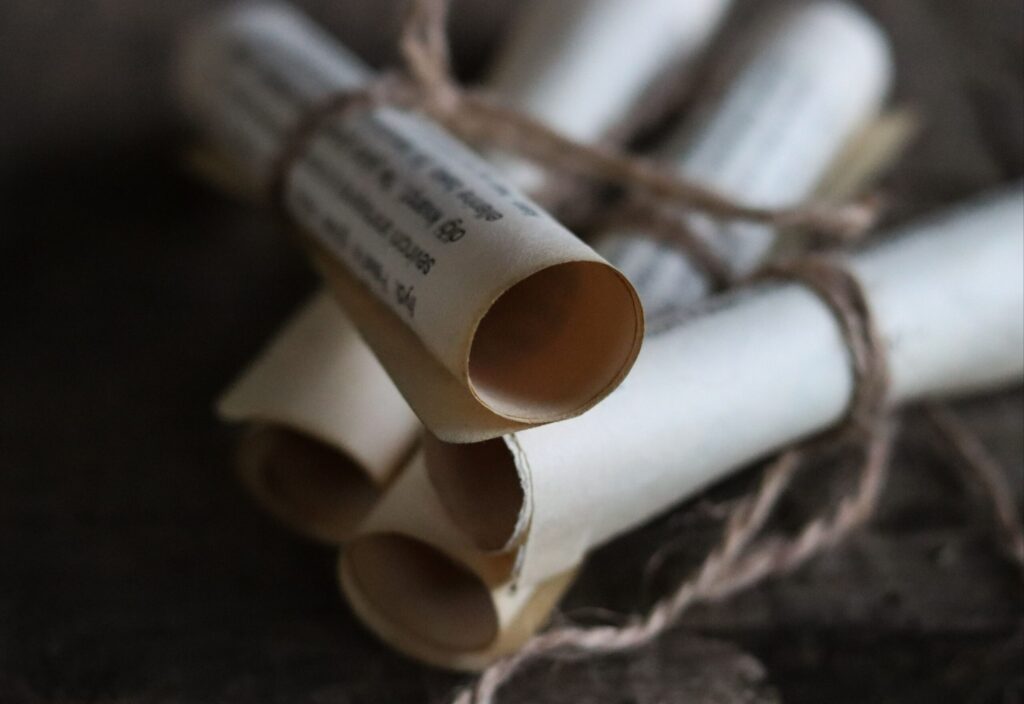
If you have absolutely no idea how to write your next character, a fun place to start can be etymology. Etymology is the historical study of words meanings.
To create a character from etymology, you can choose a random name and look up its history. If you need help finding names, you can just go to websites like this and pick whatever names appeal to you.
For an example, we’ll do my name: Gavin. A quick Google search shows that its a derivation of Gawain, a Welsh name and one of the knights of the round table, and it means “white hawk”.
With this alone we have two easy options: 1) We can create a character that is similar to Sir Gawain, or 2) We can give the character features of a hawk.
That may not seem like much to go on, but it provides a start. If you feel like you need more of an origin to help build your character, you can add the characteristics of another name’s etymology.
By researching the etymology of at least two names, you should have enough for a fun puzzle to create a character from.
(Remember, you don’t have to give the character the name you ended up researching.)
2. Art Station
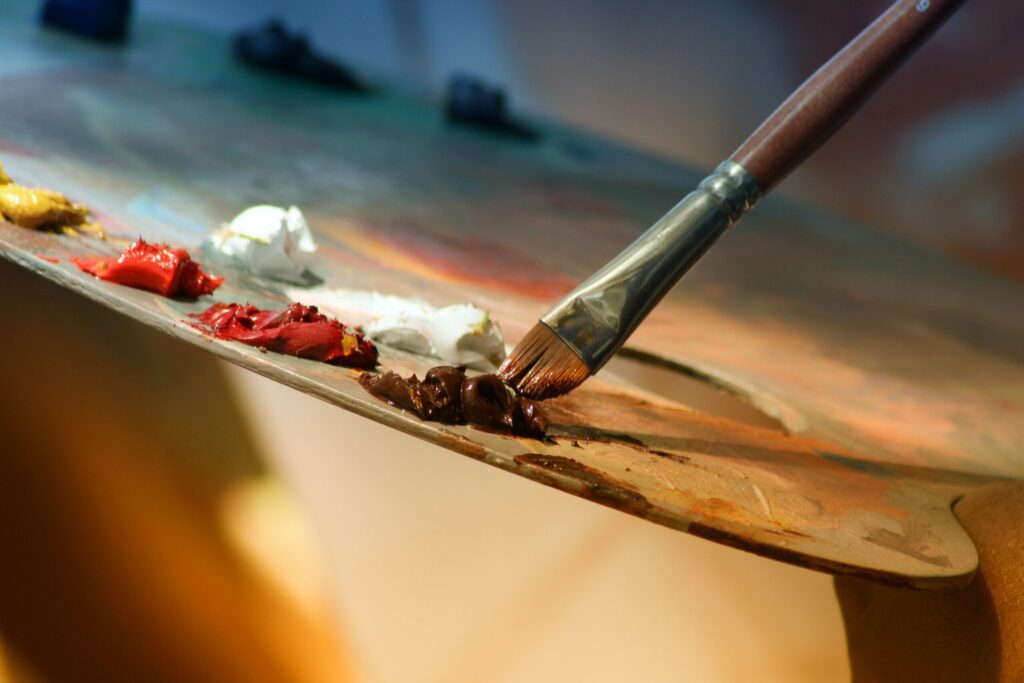
Art Station is a cool website where you can find art of all types, and it helps a lot when crafting fantasy characters for you novel.
Fantasy is an interesting genre to write in because you can have planned out much of your novel before ever thinking about characters.
Maybe you’ve crafted the minute details about a civilization of magic users that lives entirely on the ocean. You know their history, government, culture, and more, but you have no idea what kind of a character you want.
Going into Art Station, you can look at the fantasy images and try to find ones that have characters that suit your story/tone.
Once you’ve found someone you like, you can start thinking of a back story for the character given the details on the image.
If you haven’t figured out your worldbuilding either, the image you choose may have some cool ideas to get you started on that as well.
As always, if you need more than one character, feel free to find more. Creative ideas tend to build on top of each other, and your characters should be multi dimensional.

Our 84-page book planner and 111 day writing course.
3. Historical Figures
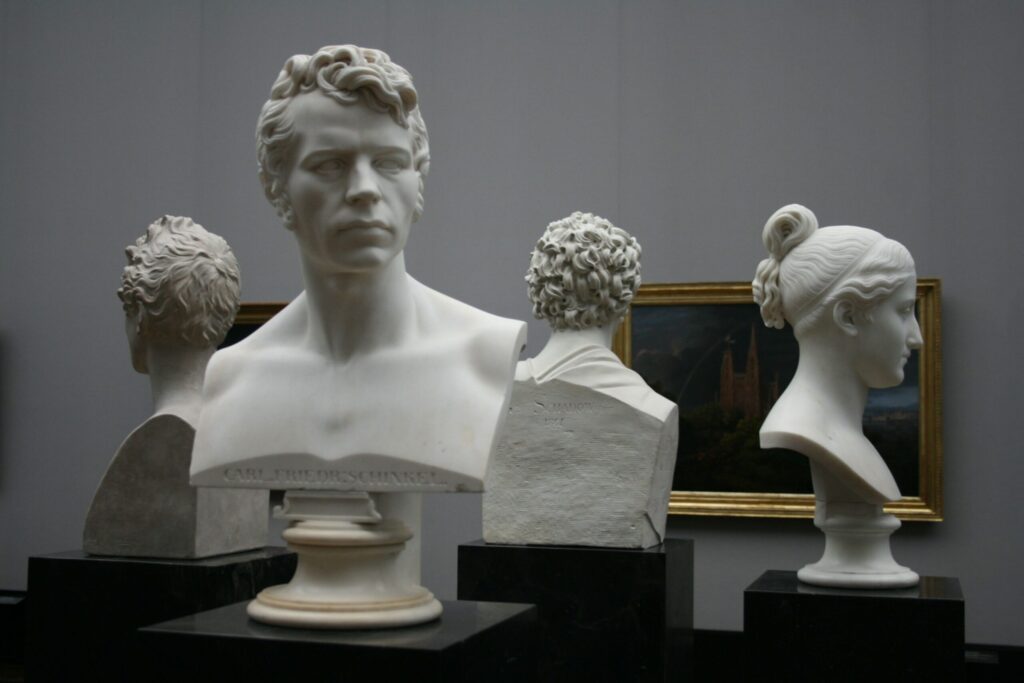
History is full of stories that would seem too ridiculous for a fiction book. In almost every one of these stories you’ll find interesting characters who’ve experienced complex lives.
The more you dig into the people who participated in historical events, the more you see that the “good guys” had their faults and the “bad guys” had redeeming qualities.
This website has 100 of the most significant figures in history. Granted, this list is almost ten years old and pretty Eurocentric, but it’s rich with characters from history who led incredible lives.
You can peruse the list or choose random numbers from 1-100. Then once you’ve settled on one or two characters, learn all you can about them. When you feel like you have a decent understanding of the character, then comes the hard but fun work.
You will now take the character as you understand them and translate them to your fictional story. Try to think of how their changed situations would affect their upbringing and the person they are when your story begins.
Remember to always think of their motivations because that will help you build out your story organically.
4. Randomized Channels

If you want a character but don’t want to think about making one or make any decisions, you can use the random generators found below.
(If you want a new picture from the first two sites, all you have to do is reload the page.)
First use this site until you find a face that speaks to you. (Similarly, the rest can be done for coming up with a backstory from your Art Station character.)
Then use this site until you find a piece that has a tone that speaks to your character.
Then use this site for back story and whatever of their generators appeal to you.
Then do it all again to give your character a best friend, love interest, family member, or some other relationship.
Then write how they interact with that character to bring life to the randomness.
This system may not work for everyone, but it can be a fun way to develop your main character, or at the very least some secondary characters.
5. The Tried and True
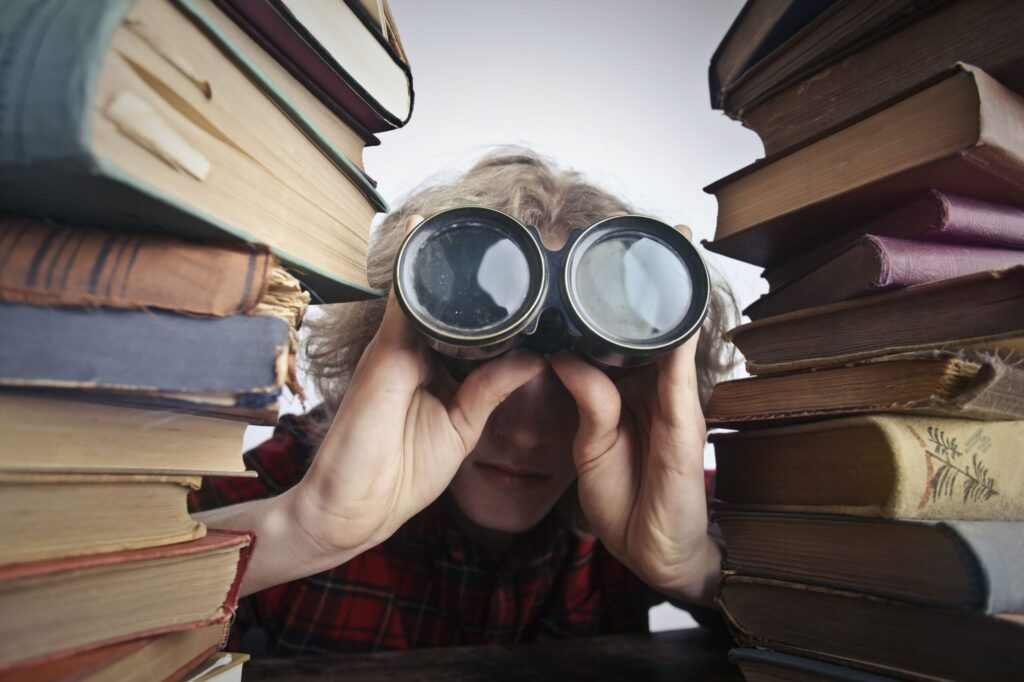
This method of obtaining character inspiration is likely the least unique on the list, but it has worked for writers and authors since writers and authors came to exist.
Following the “write what you know” adage, this method requires that you look to the world around you as a careful observer of humankind. All you have to do is learn about and recreate the interesting people in your life.
You don’t need to know a lot about your friends’, family member’s, and acquaintances’ backstories (because those will likely change as you mold the character to your book, but you should try to understand how these people view life and the quirks they have.
Once you’ve gotten to a point where you’ve taken the qualities and principles of people you know and amalgamated them into your character, you again must translate that character back into your story.
Maybe you have a really funny friend who waxes philosophical in the face of tragedy. You will then need to figure out within your story’s context why your character is that way. You can think of the character’s parents and how they deal with loss. Do they laugh when other’s cry? What do they think of their friends? When are they most vulnerable? How would they react to the pain of a loved one?
You can ask these kinds of questions about your friend, relative, or acquaintance and mold them to your new character.
Then, when you have a baseline, begin asking worldbuilding questions. Figure out how your character/friend would react to using magic? Would they be afraid of fantastical creatures? Would they support a questionably immoral empire or seek to bring its downfall?
When you’ve got these questions sorted out, you’re ready to begin writing!
Conclusion
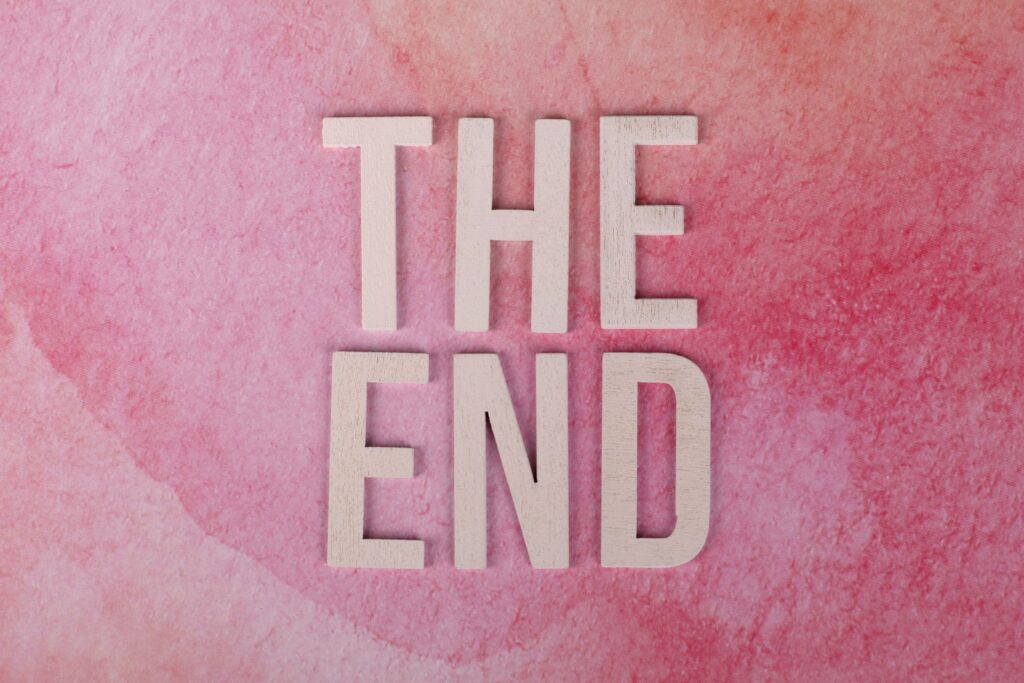
These unique forms of character inspiration should help you break up your traditional means if you’re in a rut.
1. Digging deep into the etymology of names can help you think both abstractly and concretely about your character. To me, this is one of the most fun because you have a kernel for your character and get to extrapolate on an image or two.
2. Searching through Art Station can help you think of characters by putting a face to a name. Visual art is a source often cited by authors as inspiration for their stories. Good art begets good art, and browsing various visual media can help you with almost every aspect of your story.
3. Historical figures, especially less known ones, can offer you great starting points for characters. You get to see their accomplishments, understand their motivations, and see how they lived and died. This information will give you the baseline you need to construct an impressive and beloved character.
4. We’ve offered some tools to create a randomized character. If you don’t want to think or make many decisions, this is a great way to get a solid foundation on which to create your next iconic character. If you don’t want to randomize your main character, these tools are also great for a secondary character.
5. While this method is far more common than the others, it’s one of the best places to start! By writing a character from people you know, you’re far more likely to capture the human aspect of that person. You can see their strengths and weaknesses already, and those are important inclusions to make a well rounded character.
If you still need more help with your characters, try this article.
Have your story and characters ready, but don’t know where to start? Try the new Habit Writing course that will get you from ground zero to a completed novel in 111 days! We’ve distilled all the best workshops and writing exercises to get your brain flowing and paired it with our tested method of habit-forming writing. All for cheaper than a trip to the movie theaters.
For more writing tips, visit the Habit Writing blog.
gavinwride
Gavin is a fantasy author, short story enthusiast, and nature lover. When he’s not reading, writing, or exploring the outdoors, he is likely playing games. His board game collection is probably too big for someone living in a small apartment, and he has enough yet-to-be-played video games to fill a lifetime. His favorite book is "The Name of the Wind". His favorite author is Edward Abbey. His favorite game is "Dark Souls III", and he’d be more than happy to spend the day talking about lore, bosses, and game mechanics.
Our 84-page book planner and 111 day writing course.
